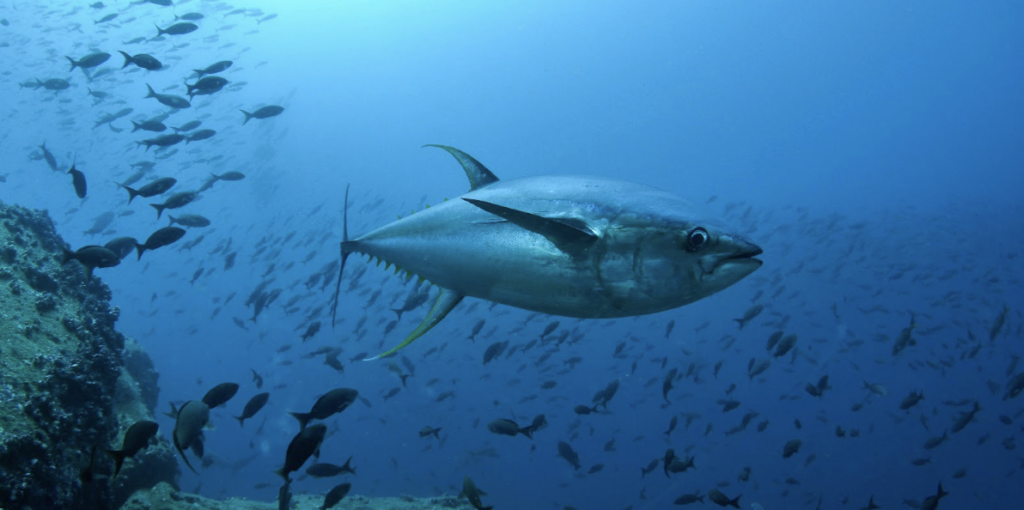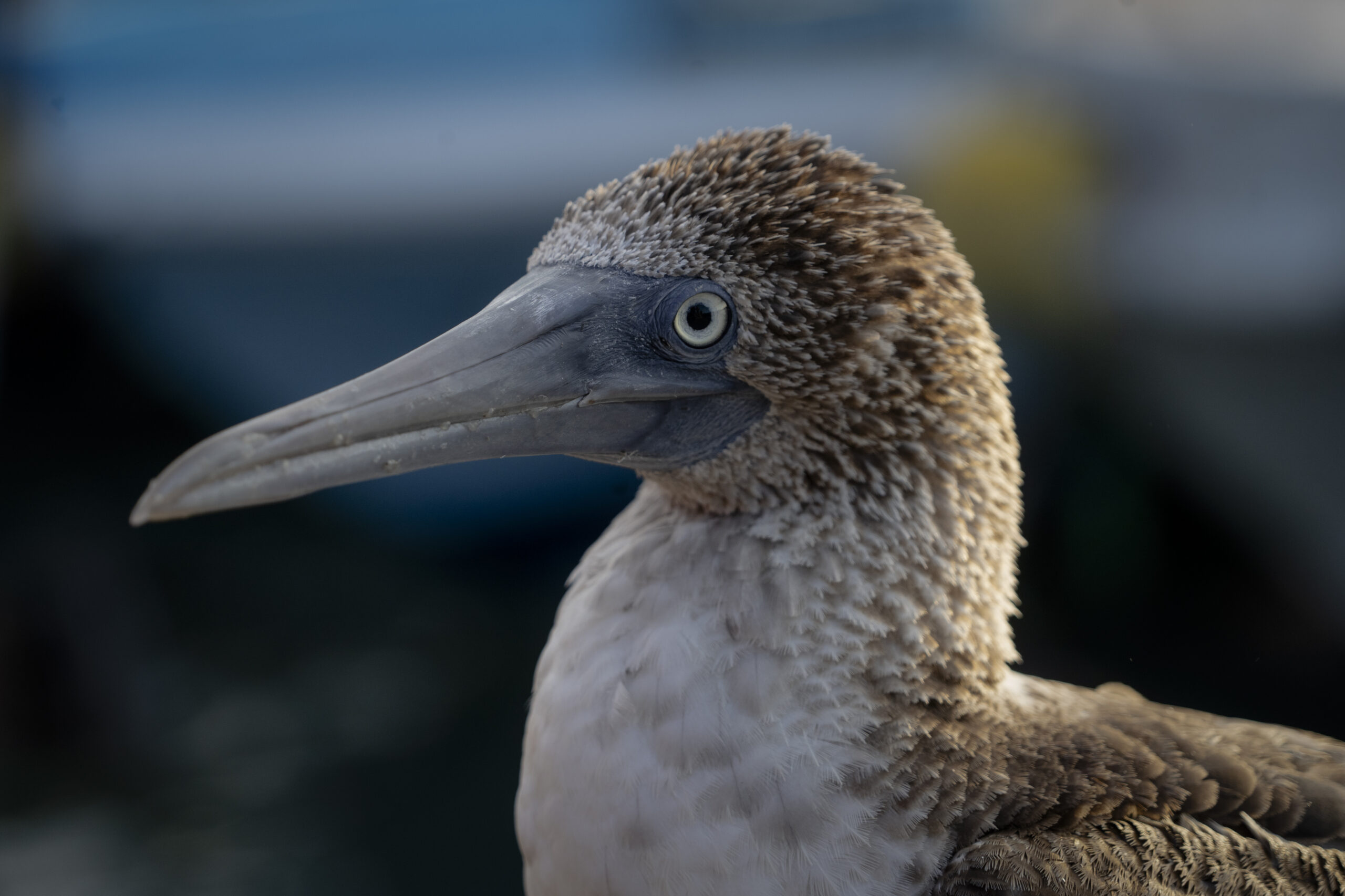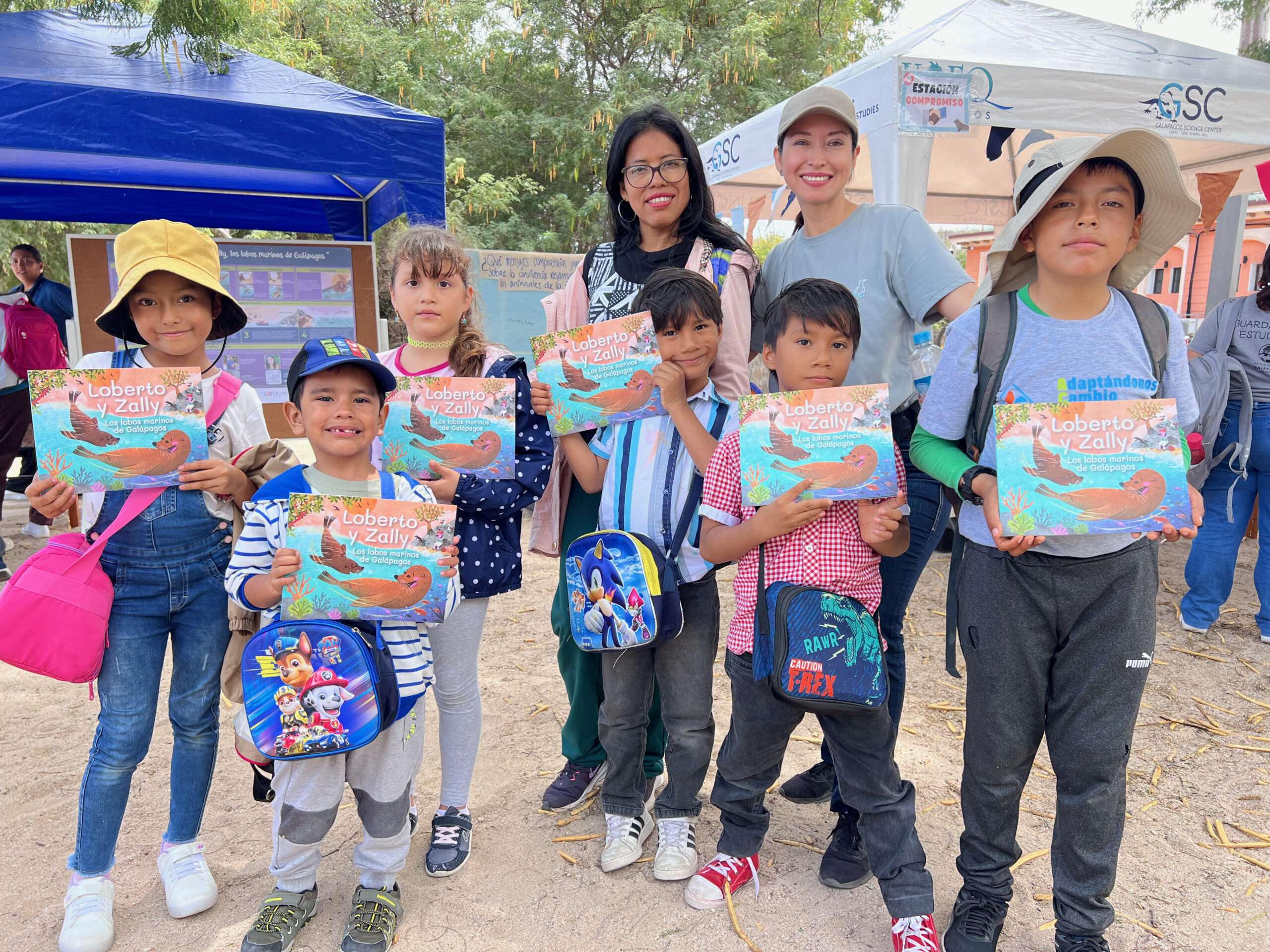Jonathan R. Green
Christoph A. Rohner, Alberto C. Naveira Garabato, Alex R. Hearn.
Resumen
Los depredadores pelágicos tropicales son explotados por la pesca y sus movimientos son influenciados por factores como la disponibilidad de presas, la temperatura y los niveles de oxígeno disuelto. Dado que los parámetros biofísicos varían considerablemente dentro del rango de especies circumtropicales, se requieren estudios locales para definir las preferencias de hábitat de estas especies y modelar posibles respuestas conductuales bajo diferentes escenarios de cambio climático. Aquí, etiquetamos atunes de aleta amarilla (Thunnus albacares) en la Reserva Marina de Galápagos y seguimos los movimientos horizontales y verticales de 8 individuos durante 4-97 días. Los atunes recorrieron un promedio de 13.6 km d-1 horizontalmente y se dispersaron por todo el archipiélago y en aguas offshore dentro de la Reserva Marina de Galápagos y en la zona económica exclusiva ecuatoriana circundante. Verticalmente, recorrieron un promedio de 2 km d-1, aunque datos de alta resolución de una etiqueta recuperada sugirieron que los datos transmitidos subestimaron su movimiento vertical por un factor de 5.5. Los atunes de aleta amarilla rastreados pasaron la mayor parte de su tiempo cerca de la superficie, con una profundidad promedio de natación de 24.3 ± 46.6 m, y se mantuvieron más cerca de la superficie durante la noche (12.3 ± 4.9 m) que durante el día (23.8 ± 20.9 m), pero en ocasiones se sumergieron en aguas frías y pobres en oxígeno por debajo de los 200 m. Las inmersiones profundas se realizaron comúnmente durante el día con un período de recuperación promedio de 51 minutos entre exposiciones a condiciones modeladas de limitación de oxígeno <1.5 ml l-1, presumiblemente para reoxigenarse. La profundidad y frecuencia de las inmersiones probablemente estuvieron limitadas por los niveles de oxígeno disuelto, ya que las condiciones de agotamiento de oxígeno alcanzan profundidades someras en esta región. El hábitat principal de los atunes de aleta amarilla rastreados fue en la capa superficial mezclada, lo que podría dejarlos vulnerables a la pesca. La expansión vertical de las aguas bajas en oxígeno en futuros escenarios de cambio climático podría comprimir aún más su hábitat, aumentando su vulnerabilidad a los aparejos de pesca en la superficie.
Conoce más aquí.






